Description
Calcium Nitrate: A Versatile Compound with Applications Across Industries
Calcium nitrate, with the chemical formula Ca(NO₃)₂, is an inorganic compound that plays a crucial role in various industries, from agriculture to wastewater treatment. This white, hygroscopic salt is readily soluble in water and possesses a range of properties that make it a valuable resource. Let’s delve deeper into the world of calcium nitrate, exploring its properties, production, and diverse applications.
Properties & Production:
Calcium nitrate exists in various forms, including the tetrahydrate (Ca(NO₃)₂·4H₂O), which is the most commonly encountered form. Its key properties include:
- Solubility: Highly soluble in water, making it easy to apply in solution form.
- Hygroscopic: Readily absorbs moisture from the air, requiring proper storage in airtight containers.
- Oxidizing Agent: Can act as an oxidizing agent, although it’s not as powerful as other nitrate compounds.
- Provides Calcium and Nitrogen: Decomposes to release calcium ions (Ca²⁺) and nitrate ions (NO₃⁻), making it a source of these essential elements.
The production of calcium nitrate typically involves reacting limestone (calcium carbonate) or slaked lime (calcium hydroxide) with nitric acid:
- Limestone Method: CaCO₃ (s) + 2 HNO₃ (aq) → Ca(NO₃)₂ (aq) + H₂O (l) + CO₂ (g)
- Slaked Lime Method: Ca(OH)₂ (s) + 2 HNO₃ (aq) → Ca(NO₃)₂ (aq) + 2 H₂O (l)
The resulting solution is then evaporated to obtain calcium nitrate crystals, often in the form of the tetrahydrate.
Key Applications of Calcium Nitrate:
The versatility of calcium nitrate stems from its ability to deliver both calcium and nitrogen, along with its other chemical properties. Here’s a look at its prominent applications:
- Agriculture: Calcium nitrate is widely used as a fertilizer, particularly for crops that are susceptible to calcium deficiencies, such as tomatoes, peppers, and apples. It promotes healthy cell wall development in plants, improving fruit quality and shelf life. The nitrate component also provides essential nitrogen for plant growth. It’s particularly useful in hydroponics systems due to its high solubility.
- Wastewater Treatment: Calcium nitrate is utilized in wastewater treatment facilities to control the emission of hydrogen sulfide (H₂S), a foul-smelling and corrosive gas. It promotes the growth of nitrate-reducing bacteria, which outcompete sulfate-reducing bacteria (responsible for H₂S production). By converting nitrate to nitrogen gas or other less harmful compounds, it effectively mitigates H₂S problems.
- Concrete Additive: In the construction industry, calcium nitrate is used as a concrete additive to accelerate the setting time and improve the strength of concrete, especially at low temperatures. It also acts as a corrosion inhibitor, protecting the steel reinforcement within the concrete structure.
- Latex Production: Calcium nitrate can be added to latex mixtures to improve their properties and stability during processing. It helps to coagulate the latex and enhance the overall quality of the finished product.
- Explosives Manufacturing: While not explicitly an explosive itself, calcium nitrate can be used as an ingredient in some explosive mixtures. Its oxidizing properties can contribute to the combustion process.
Safety Considerations:
While calcium nitrate is not considered highly toxic, it’s essential to handle it with care. Key safety considerations include:
- Irritant: Can cause irritation to the skin, eyes, and respiratory tract. Wear appropriate personal protective equipment (PPE) such as gloves, goggles, and a dust mask when handling the compound.
- Oxidizing Agent: Keep away from combustible materials, as it can accelerate the burning process.
- Storage: Store in a cool, dry, and well-ventilated area, away from incompatible materials. Due to its hygroscopic nature, it should be stored in airtight containers to prevent caking.
Conclusion:
Calcium nitrate is a valuable and multifaceted inorganic compound with a wide range of applications across various industries. From enhancing crop yields and improving wastewater treatment to strengthening concrete and aiding in latex production, its unique properties make it an indispensable resource. By understanding its properties, production methods, and applications, we can harness the full potential of calcium nitrate to address diverse challenges and contribute to a more sustainable future.

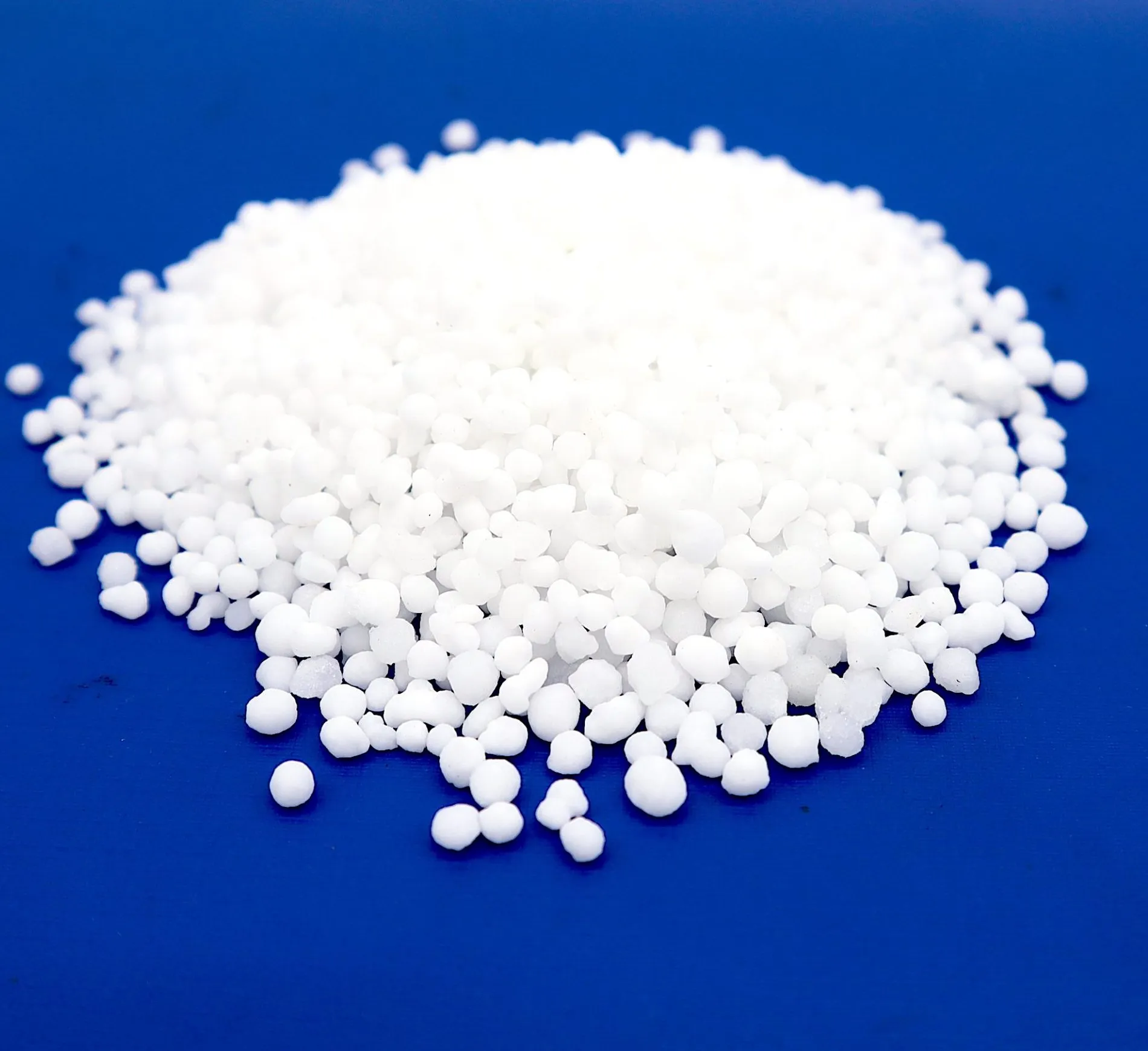
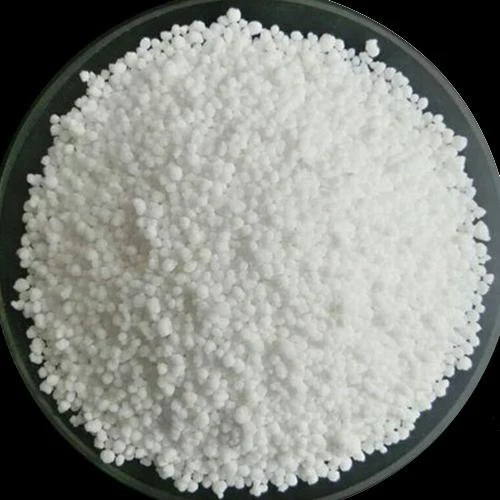
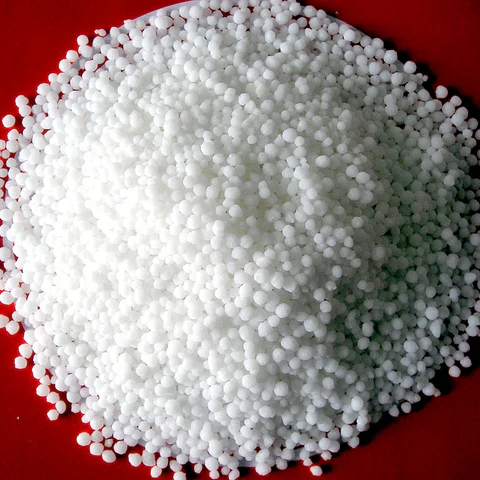
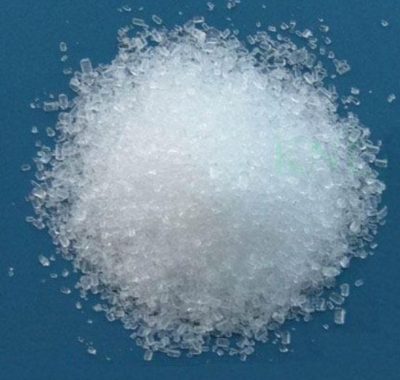
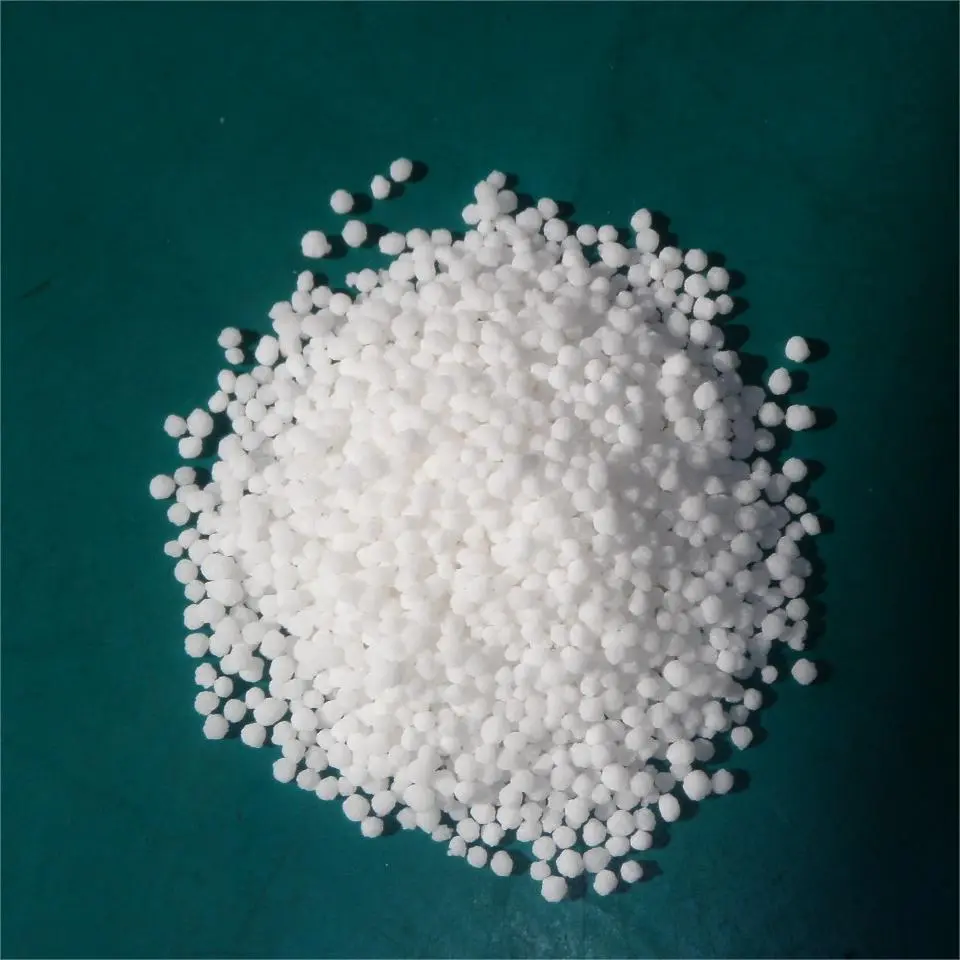



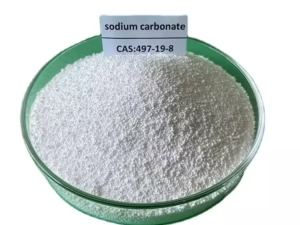

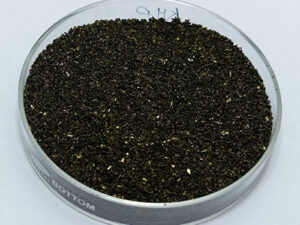
Reviews
There are no reviews yet.